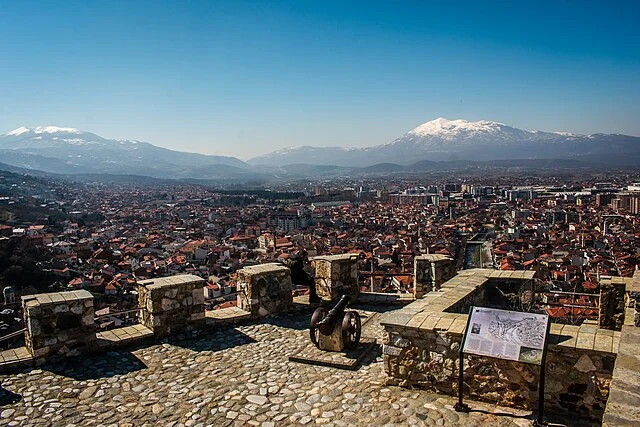Prizren Fortress, located in Prizren, Kosovo, is a historic stronghold with a rich past. Perched on a hill overlooking the Bistrica River, this fortress played a central role in Kosovo’s history. It offers insights into the region’s changing political and cultural landscape from ancient times to the Ottoman period.
Get your dose of History via Email
Early History of Prizren Fortress
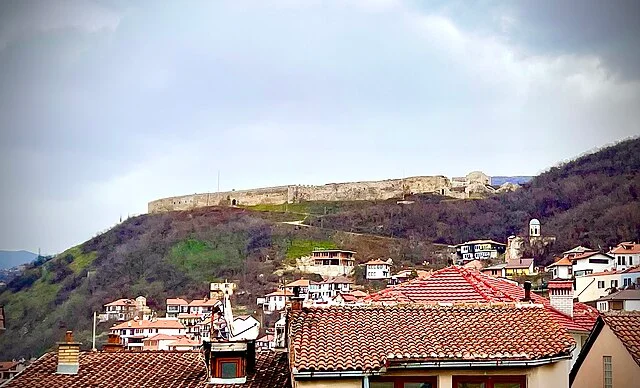
The earliest evidence of settlement on the site dates back to the 11th century BC. Archaeologists believe the Dardani, an Illyrian tribe, initially inhabited the area. Ancient remnants suggest the fortress may have been part of a broader system of fortifications used by these early groups. Over time, the settlement evolved, adapting to the needs of its inhabitants and external influences.
Byzantine Influence and Expansion
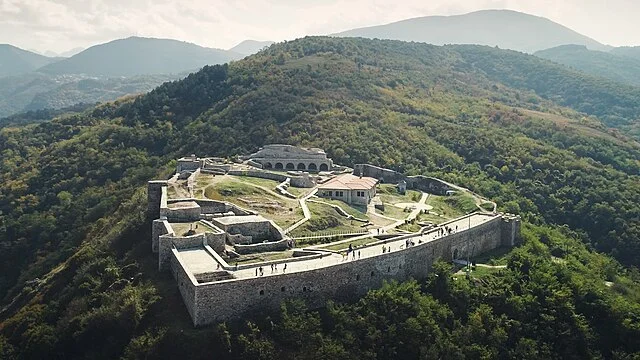
In the early centuries AD, the Byzantine Empire incorporated the area into its territories. The Byzantines recognized the strategic importance of Prizren’s location and fortified the site. They expanded the fortress, strengthening its defenses and ensuring it could withstand attacks. During this period, the fortress served as a military base to safeguard against Slavic invasions. Archaeological evidence from this period, including pottery and coins, points to a well-organized Byzantine presence.
Serbian Control in the Middle Ages
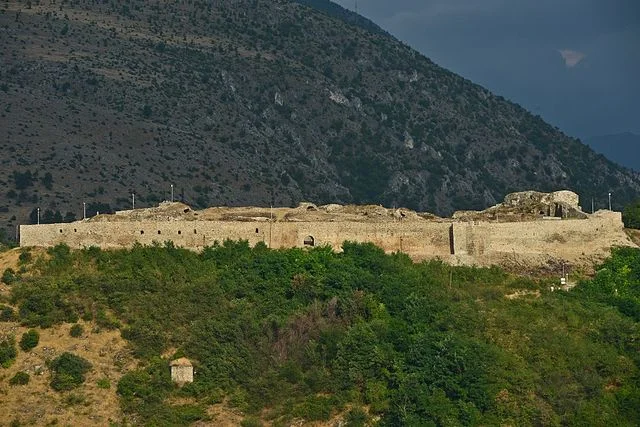
By the 12th century, the Serbian Kingdom gained control of the region, making Prizren Fortress a key asset. Serbian rulers, notably Stefan Nemanja, viewed the fortress as essential to maintaining power in Kosovo. They expanded its fortifications and used it as a regional administrative center. Serbian frescoes and artifacts discovered within the fortress demonstrate its cultural significance during this time. The fortress served as a symbol of Serbian authority until the Ottoman Empire conquered the region.
Ottoman Rule and Architectural Changes
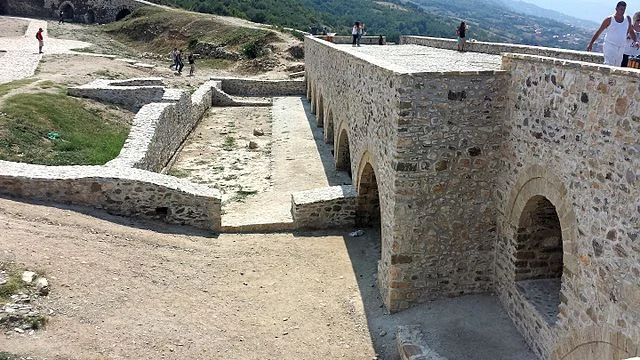
In the 15th century, the Ottoman Empire took control of Prizren Fortress, marking a period of substantial architectural change. The Ottomans expanded and adapted the fortress, incorporating gunpowder weaponry and modernizing its defenses. They constructed barracks, storage facilities, and additional walls to protect against new military threats. This period reflects the Ottoman Empire’s emphasis on securing borders and maintaining control in the Balkans.
Decline and Abandonment
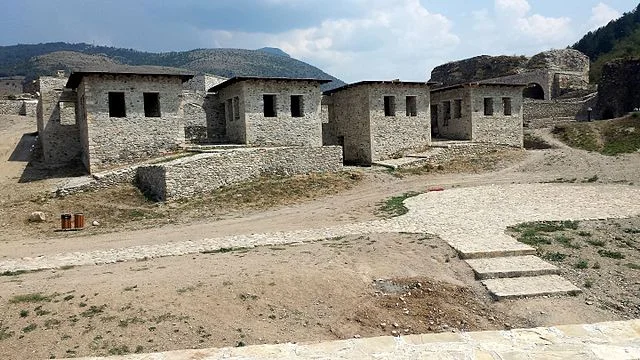
By the 18th century, the fortress began to lose its military importance as the Ottoman Empire’s priorities shifted. As a result, it gradually fell into disuse and eventual disrepair. Local residents salvaged stones and materials from the fortress for construction, accelerating its decline. By the late 19th century, Prizren Fortress was largely abandoned, though it remained a historical symbol.
Archaeological Excavations and Conservation Efforts
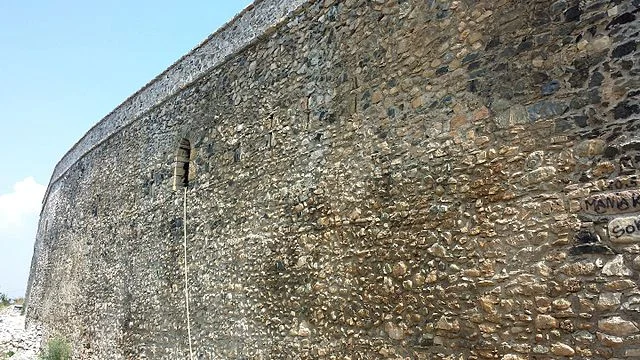
Archaeological interest in Prizren Fortress grew significantly in the 20th century. Excavations uncovered artifacts spanning multiple centuries, providing insights into the fortress’s layered history. Researchers found pottery, coins, weaponry, and tools, revealing details about daily life and defense strategies. Conservation efforts began in the 21st century, aiming to preserve the fortress as a cultural heritage site. Restoration projects focused on stabilizing walls, restoring pathways, and making the site accessible to the public.
Modern Significance

Today, Prizren Fortress stands as a vital historical and cultural site in Kosovo. It attracts historians, archaeologists, and tourists interested in its strategic importance and architectural evolution. The fortress serves as a reminder of Kosovo’s complex history, reflecting the diverse cultures and empires that shaped the region. Conservation efforts continue, ensuring that future generations can explore and learn from this landmark.
Conclusion
Prizren Fortress offers a fascinating look into the military, political, and cultural history of Kosovo. From its beginnings as an Illyrian settlement to its role in the Byzantine, Serbian, and Ottoman empires, it embodies a rich and layered past. Today, Prizren Fortress stands as both a historical landmark and a symbol of Kosovo’s enduring heritage.
Source:

